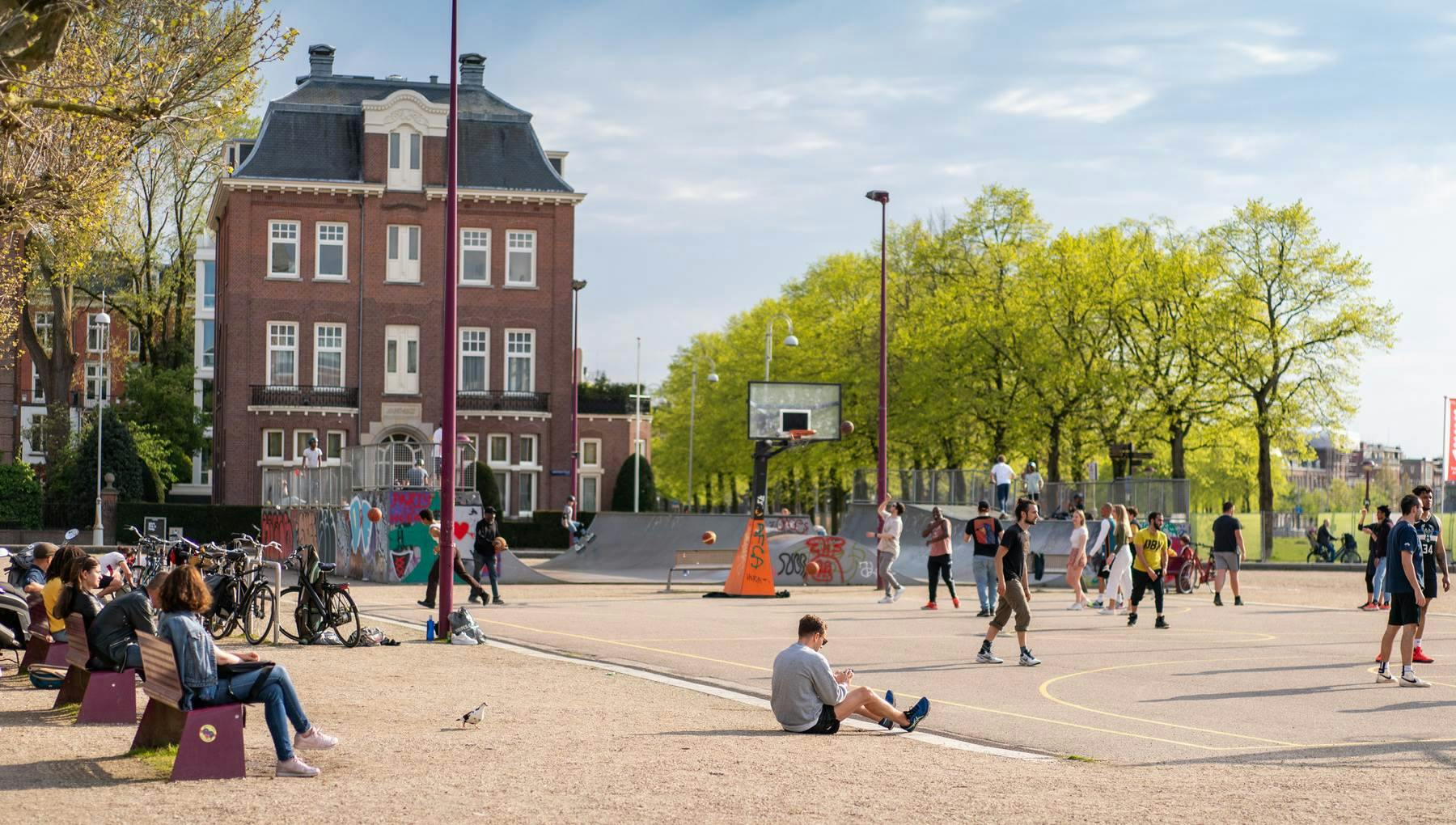Oud-Zuid then and now
Oud-Zuid’s stately museums and up-market boutiques lend the district a luxurious edge from age-old art to high-end chic. It’s home to the Rijksmuseum, Stedelijk, and Van Gogh Museum, along with the spectacular Vondelpark - created in the 19th century in the style of an English landscaped garden. Oud-Zuid is arguably the elegant heart of Amsterdam and is one of the city’s most prestigious cultural districts.
History
Amsterdam’s elegant Oud-Zuid (Old-South) district was developed over a century ago as a cultural gateway to the city, at the tip of what was previously a boggy polder. Towards the end of the 19th century, the city expanded outside of the historic canal belt. In 1864, a committee of affluent residents launched a fund to establish a public park outside of the city walls.
Architect Jan David Zocher won the commission to transform the formerly swampy area into a strolling park and horseback riding grounds for Amsterdam’s more well-heeled residents. Vondelpark, named after the Dutch poet Joost van den Vondel, was developed in the English landscape garden style, complete with ponds, pathways, islands, bridges and bandstands. The city’s wealthiest bankers, politicians and writers began to take up residence in the beautiful villas, and tranquil curving streets surround the park, forming a sort of cultural elite. Vondelpark Pavillion (now VondelCS), built in 1878, became a clubhouse for the city’s affluent bourgeoisie.
Around the same time, a contest was held to design a building that would hold the priceless art history collections that now make up the Rijksmuseum. Pierre Cuypers’ richly decorated building won the bid, finally opening to the public in 1885 (read more on the history of the Rijksmuseum). Three years later, the Royal Concertgebouw opened its doors, regarded as one of the greatest concert halls in the world thanks to its remarkable acoustics. As Oud-Zuid grew and spread, this rich cultural heritage was honoured by naming more than 70 new streets after composers: some world-famous, such as Beethoven, Chopin and Schubert, and other local Dutch musicians who nonetheless have had a tremendous influence on music over the past five centuries.
Vibe today
The crown jewel of Oud-Zuid is Museumplein; its vast manicured lawn provides the perfect spot for a picnic between museum visits. The Museum Quarter is presided over by the iconic Rijksmuseum, flaunting 800 years of Dutch art history across its 80 galleries. To the west, bordered by a street of jewellers and diamond cutters, lies the Van Gogh Museum showcasing a monumental collection of works by the misunderstood ear-lopping artist. Next door, the Stedelijk flaunts its updated design, brilliantly mixing the classical architecture of the original 1895 building with a modern wing in the shape of a giant bathtub.
Oud-Zuid’s serene tree-lined streets with pretty gabled façades and elegant balconies make it one of the city’s most desirable addresses. The real estate is Amsterdam’s most expensive to the point where locals dub the area het reservaat (the reservation). Don’t forget your credit card as some of the chicest boutiques in town are to be found here, notably along the PC Hooftstraat, Cornelis Schuytstraat and Beethovenstraat - some of the best luxury shopping areas in town.
For all this luxury, though, Oud-Zuid is not a world apart, or a circus of snobbery. Today, Vondelpark is a magnet for picnickers from all walks of life, as visitors flock in their droves during the summer months to the numerous outdoor performances that take place there. Various festivals and open-air events all year-round bring the community together, just as cultural venues like OCCII with its origins in the 1980s squatting movement provide an edgier underground scene.
